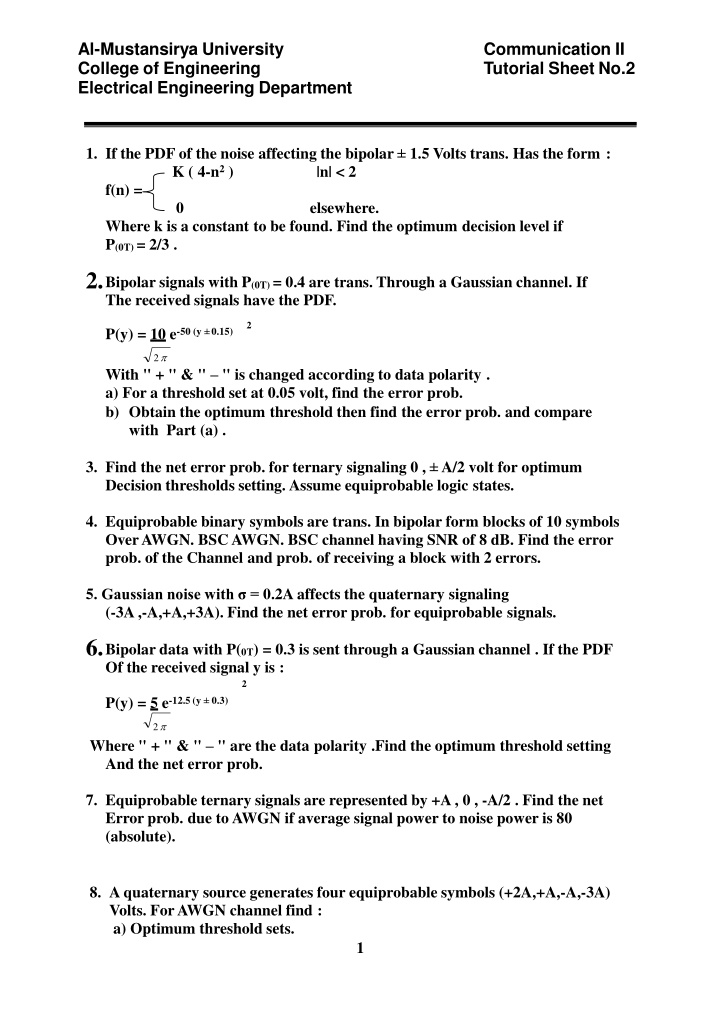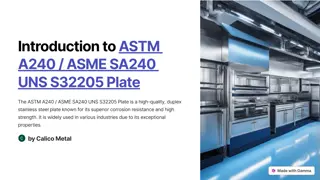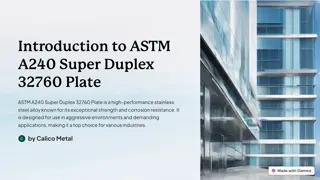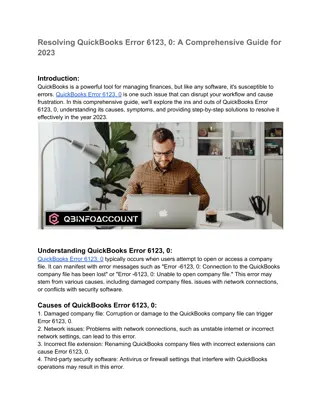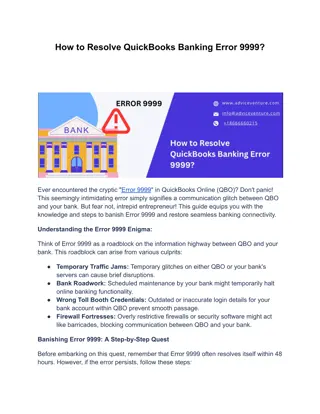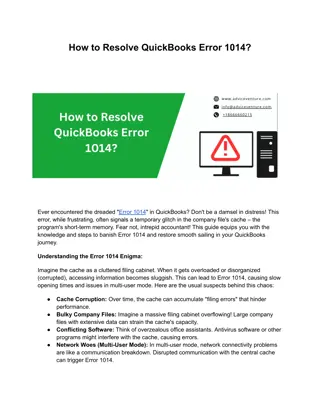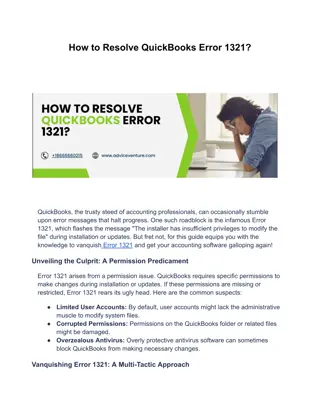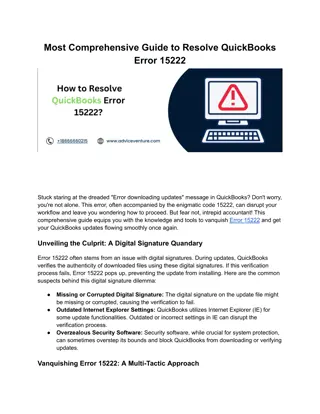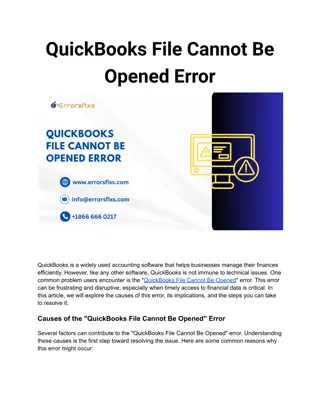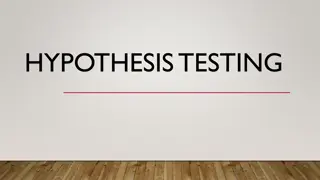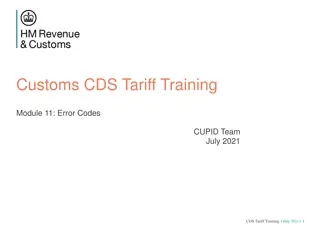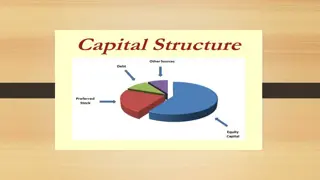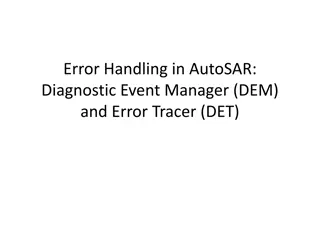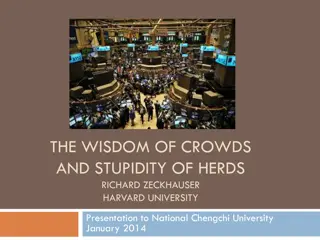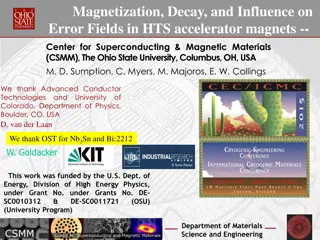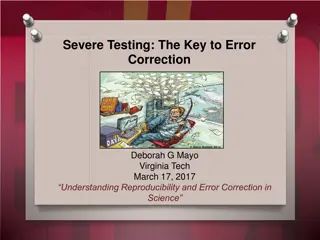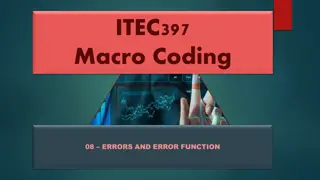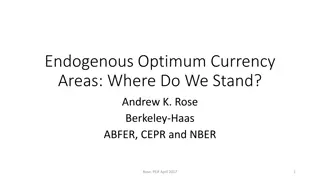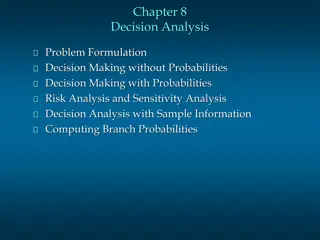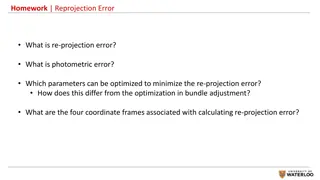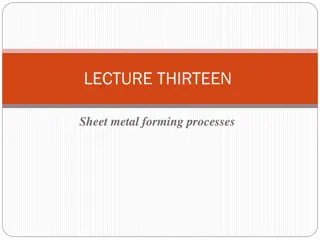Communication II Tutorial Sheet: Optimum Decision Levels & Error Probabilities
If you're studying electrical engineering with a focus on communication at Al-Mustansirya University, this tutorial sheet covers topics like finding optimum decision levels, error probabilities, net error probabilities, Gaussian channels, AWGN channels, binary and ternary signaling, matched filters, Shannon capacity, and more. Dive into solving problems related to noise-affected signals, thresholds, signal power, bit rate, and more to enhance your understanding of communication systems.
Download Presentation

Please find below an Image/Link to download the presentation.
The content on the website is provided AS IS for your information and personal use only. It may not be sold, licensed, or shared on other websites without obtaining consent from the author.If you encounter any issues during the download, it is possible that the publisher has removed the file from their server.
You are allowed to download the files provided on this website for personal or commercial use, subject to the condition that they are used lawfully. All files are the property of their respective owners.
The content on the website is provided AS IS for your information and personal use only. It may not be sold, licensed, or shared on other websites without obtaining consent from the author.
E N D
Presentation Transcript
Communication Communication Al-Mustansirya University College of Engineering Electrical Engineering Department Tutorial Tutorial Sheet Communication II Tutorial Sheet No.2 SheetNo. No.2 2 1. If the PDF of the noise affecting the bipolar 1.5 Volts trans. Has the form : K ( 4-n2) |n| < 2 f(n) = 0 elsewhere. Where k is a constant to be found. Find the optimum decision level if P(0T) = 2/3 . 2.Bipolar signals with P(0T) = 0.4 are trans. Through a Gaussian channel. If The received signals have the PDF. 2 P(y) = 10 e-50 (y 0.15) 2 With " + " & " " is changed according to data polarity . a) For a threshold set at 0.05 volt, find the error prob. b) Obtain the optimum threshold then find the error prob. and compare with Part (a) . 3. Find the net error prob. for ternary signaling 0 , A/2 volt for optimum Decision thresholds setting. Assume equiprobable logic states. 4. Equiprobable binary symbols are trans. In bipolar form blocks of 10 symbols Over AWGN. BSC AWGN. BSC channel having SNR of 8 dB. Find the error prob. of the Channel and prob. of receiving a block with 2 errors. 5. Gaussian noise with = 0.2A affects the quaternary signaling (-3A ,-A,+A,+3A). Find the net error prob. for equiprobable signals. 6.Bipolar data with P(0T) = 0.3 is sent through a Gaussian channel . If the PDF Of the received signal y is : 2 P(y) = 5 e-12.5 (y 0.3) 2 Where " + " & " " are the data polarity .Find the optimum threshold setting And the net error prob. 7. Equiprobable ternary signals are represented by +A , 0 , -A/2 . Find the net Error prob. due to AWGN if average signal power to noise power is 80 (absolute). 8. A quaternary source generates four equiprobable symbols (+2A,+A,-A,-3A) Volts. For AWGN channel find : a) Optimum threshold sets. 1
Communication Communication Tutorial Tutorial Sheet SheetNo. No.2 2 b) net error prob. for average SNR = 15 dB. 9. Binary trans. With P(0T) = 0.25 is represented by the unipolar "0"volt & "1.5" volt for logic states "0" & "1" respectively. If the channel noise has the PDF shown. Find the optimum threshold set & the net error prob. f(n) 1 n -1 1 10. Compare the error prob. of the following 1600 band sinusoidal digital modulation techniques assuming 10-10watt signal power and =10-14 watt / Hz. b- Coherent PSK d- Non Coherent ASK f- Non Coherent PSK (DPSK) a- Coherent ASK (OOK) c- Coherent FSK e- Non Coherent FSK 11. Find the impulse response of the matched filter matched to the signal Waveform shown. Then find the max. Obtainable SNR at its output at t = T = 1ms. V= 1 v , = 10-17watt/ Hz. V(t) = V sin 2 t V T T 2 T -V 12. A digital transmission system has a B.W of 2.4 KHz. And SNR of 20 dB. Find the information rate possible over this channel if non coherent FSK Trans. Is used and error prob. of 10-5 is specified. Compare with the Shannon Capacity for the same channel. 2
Communication Communication Tutorial Tutorial Sheet SheetNo. No.2 2 13. Find the O/P of a matched filter matched to s(t) shown at t = T , t =T-T/4n & t =T-T/2n. Discuss your results. S(t) a sin 2 nt T t T 14. A matched filter is used to detect the binary signals shown .Find the error Prob. as a fn. Of average signal power bit rate and Gaussian noise spectral density. S0(t) S1(t) A T 2 T t t T -A 15.Drive an expression for error prob. of coherent ASK if S1(t) = A sinwct , S0(t) = Asinwct. Express the answer in terms of average signal power ,bit rate ,Gaussian noise spectral density & . 16.Find the impulse responses of the matched filters for the signals S0(t), S1(t) Shown. Using matched filter detection , find an expression for the error prob. due to AWGN in terms of average signal power , bit rate and noise spectral density. S1(t) S0(t) Asin t T T t t 0 T 0 3 -A
Communication Communication Tutorial Tutorial Sheet SheetNo. No.2 2 17. Find and plot the impulse response of a matched filter to match the signal S (t) = Ae-t T > t > 0 , T = bit duration. For T = 1sec, A = 1 v, find the o/p Of this filter at (t = T) and the max. SNR obtained for AWGN with two-sided Spectral density of 10-16W/Hz. 18. Data are transmitted over a 3KHz. Telephone channel having SNR of 12dB. Find the max. bit rate possible for error prob. of 10-5 if : a ) non coherent PSK is used. b) non coherent FSK is used. In both cases , compare with Shannon capacity for the same channel. 19. Find the impulse response of a matched filter used to match the signal S (t) = e-t during the bit duration (0,Tb). Find the matched filter o/p at (t = Tb/2) & (t = Tb). 20. Non coherent PSK is used to transmit data at 6000 bps over HF link. Path losses are estimated to be 160 dB. For error prob. of 10-4, Find the minimum required transmitted power for one sided AWGN noise spectral density of 10-18W/Hz. 4
